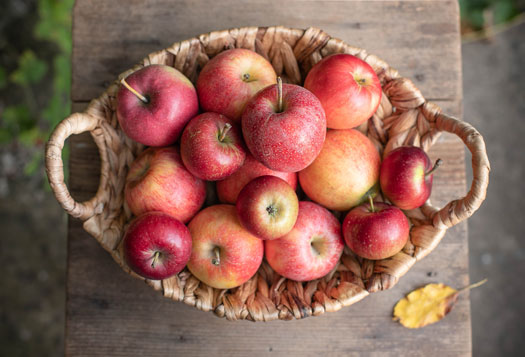Add Your Heading Text HereExperts offer advice on the best apples to grow for particular dishes, and how to preserve your bumper harvest. By Hannah Stephenson.
Fed up with the thought of endless crumbles and pies? So, what else can you do with your bumper crops of apples?
It’s easy to make chutneys and jams from huge gluts, say experts from Arundel Castle (arundelcastle.org) in west Sussex, which has this year had an amazing harvest.
Senior organic kitchen gardener Izzy McKinley and artisan jam and chutney maker Christine Hart, owner of Sussex Jams And Chutneys, are helping to make the most of the season’s best.
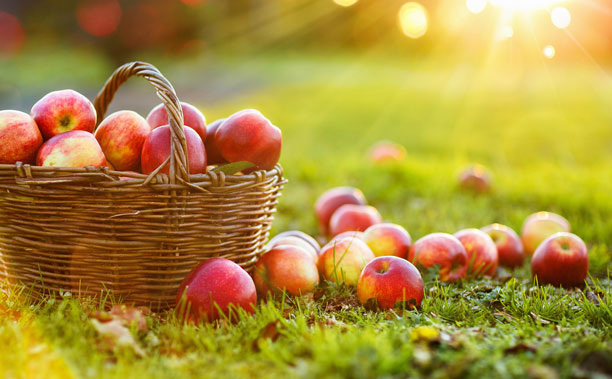
Why bother preserving apples at home?
For much of the year, the apples on supermarket shelves are months old, says McKinley. Often imported, they are stored in warehouses with modified atmospheres that prevent them from ripening.
Preserving them in chutneys and jams during autumn is a more traditional way of enjoying British apples throughout the year.
While Pink Lady and Jazz apples are imported, your own apples may be just as suitable. Varieties you might grow yourself, such as ‘Egremont Russet’ and ‘Bramley’, can be transformed into delicious dishes.
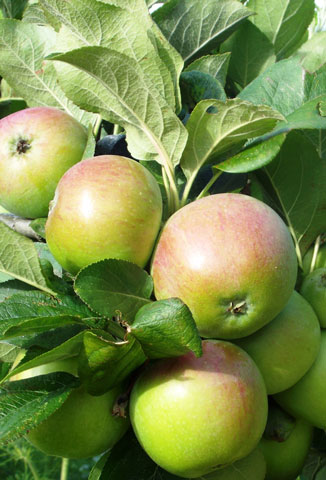
Choosing your apples
McKinley and Hart agree that the best all-rounder is the ‘Peasegood’s Nonsuch’, a large apple from Lincolnshire. It is a cooking apple but requires much less sugar than other cookers, says Hart.
She says: “Never be put off by cooking apples, they are excellent to work with. It’s quicker to peel and prepare a large apple, and these varieties have a wonderfully sharp flavour. You can add sugar as you like. Cooking apples still produce deliciously sweet jams.
“While chutneys and apple sauce are popular choices, I like to make apple jams and serve with scones, as an autumnal alternative to a classic cream tea.”
Other ways of preserving apples this autumn include…
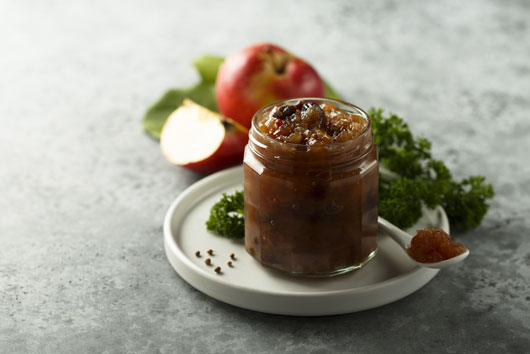
Chutney
Making chutney is like making jam, except it will have a longer cooking time and include vinegar, less sugar and more savoury ingredients, such as onions. Unleash your creativity and experiment with adding spices, fruits or even seasonal vegetables, such as squash. Curry lovers can try making their own apple and mango chutney, the experts suggest.
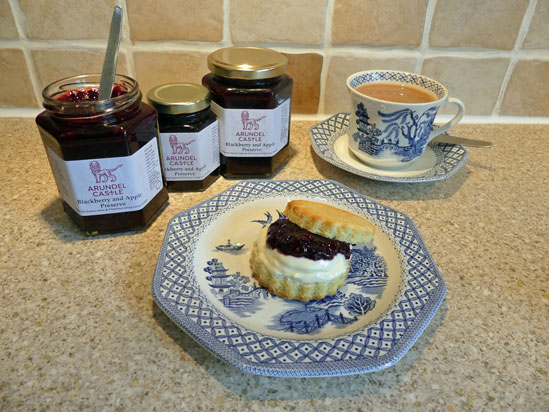
No-cook relish
Make your own apple relish without having to cook. Combine apples, vinegar, sugar and seasoning, then store in the fridge for two to three days, shaking each day. It’ll keep for up to one week. As with all preserves, it’s vital to sterilise the jars properly first.
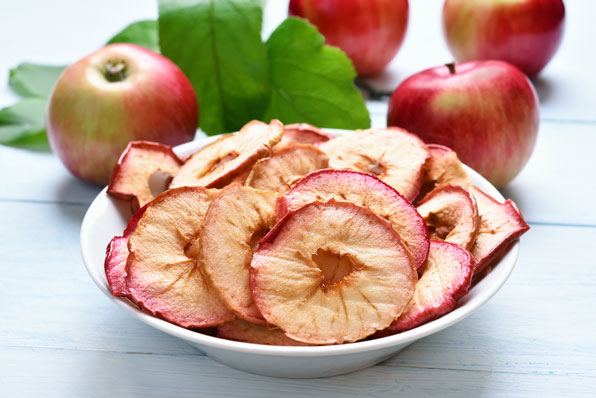
Drying
Thinly sliced apples should be dipped in an acidic solution (such as lemon juice and water) to prevent browning, then dried in an oven at a low temperature or in a food dehydrator. Both methods take up to 12 hours. The apples can be stored in a Ziplock bag and, if optimally dried and stored, will last up to six months. Eat them as a sweet snack or crumbled on granola.
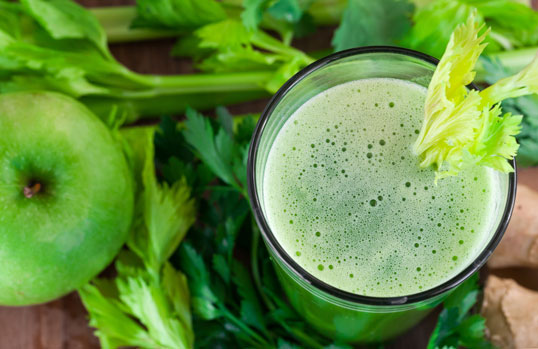
Juicing
While freshly home-made apple juice will only keep for two to three days in the fridge, it will last for a few months stored in plastic bags in the freezer, so it’s worth making plenty of your own, says McKinley.
Frozen apple juice has a range of culinary uses – use it as cooking liquid for gammon or serve over the festive season in spiced cocktails and mocktails.
Her top pick for juicing is the lesser-known variety ‘Ingrid Marie’. “It has a lightly aromatic juice and is a cross between ‘Cox’s Orange Pippin’ and ‘Elstar’,” she says.
Apple juice aficionados should also keep a lookout for the ‘Jupiter’, another ‘Cox’s Orange Pippin’ cross, which bursts with sweet juice, she suggests.
“For the ultimate home-made apple juice, our head gardener’s secret is to add one or two pears. The sweetness and texture that a ripe pear brings to an apple juice is unparalleled,” she says.

